Description
HERB CARAWAY CARUM CARVI L.
HERB CARAWAY CARUM CARVI L. . One of the most popular herbs today, caraway has long been prized for the excellence of its aromatic dried seeds as a condiment, added to bread & cheeses and an aid to digestion. A hardy, biennial herb native to Europe and Western Asia growing 1 ½ ft with attractive feathery leaves and white flowers from mid summer on the end of branches resembling carrot flowers. In the first year plants resemble carrots, growing to about 8 inches tall with finely divided leaves and long taproots, maturing and flowering in the second season.
The entire caraway plant is edible. The roots may be boiled and treated like cooked parsnips or carrots. The young leaves can be used in salads or for seasoning soups and stews. The licorice flavored seeds give ryebread its characteristic taste but are also good in potato soup, cheese spreads, sauerkraut and salad dressings. Several liqueurs are made with caraway, including Kummel and some Schnapps.
Cultivation Advice
- Best grown in full sun in well drained soil high in organic matter.
- Can be sown in spring after the last frost or early autumn.
- Caraway should always be direct seeded as seedlings do not transplant well.
- Autumn sown seeds will often produce seed the following summer.
- Sow thinly about a half inch deep and once large enough to handle thin to a final plant density of six to eight inches apart.
- The seed is very slow to germinate, requiring patience and making weed control important during the seedling stage.
- Since seed will not be produced until the second season, caraway is best grown alongside annuals such as beans or peas.


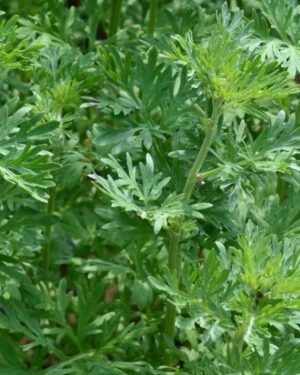
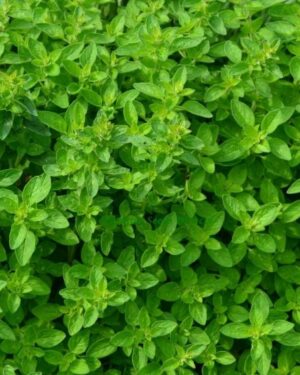
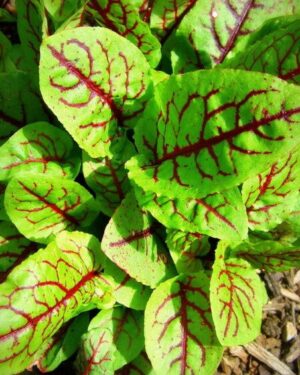
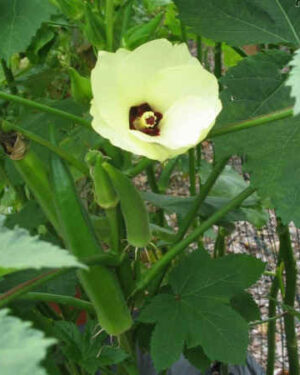

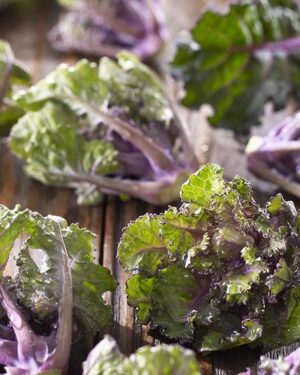
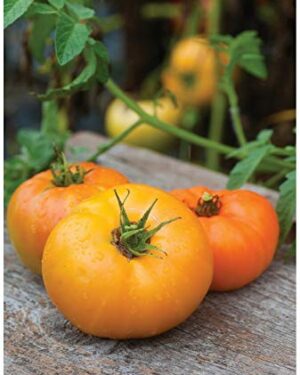
Reviews
There are no reviews yet.